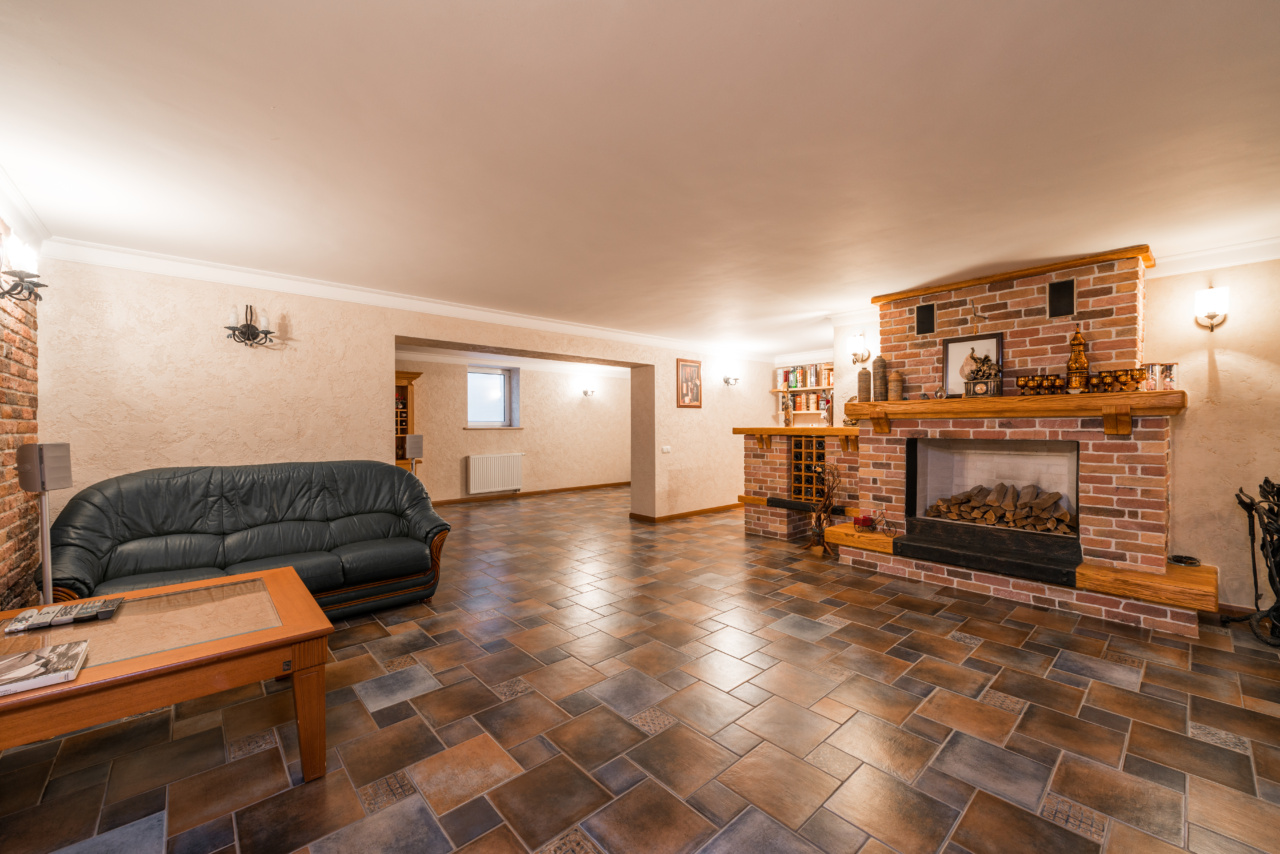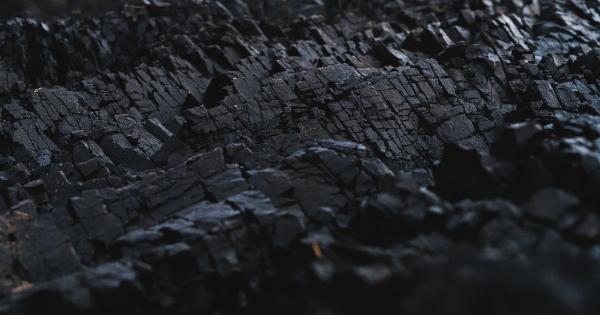A traditional fireplace can be a charming addition to any home, evoking feelings of warmth and coziness. However, it’s important to recognize that traditional fireplaces also come with their fair share of dangers.
While they may create a picturesque ambiance, they can pose serious risks to both your health and the safety of your home. In this article, we will explore some of the hazards associated with traditional fireplaces and why alternative options may be a safer and more efficient choice.
1. Carbon Monoxide Poisoning
Traditional fireplaces produce carbon monoxide, a colorless, odorless gas that is extremely toxic. When wood burns, it releases carbon monoxide, which can become trapped in your home if proper ventilation is not in place.
Breathing in high levels of this gas can lead to headaches, dizziness, nausea, confusion, and even death in severe cases. This risk is particularly heightened during the winter months when windows and doors are often closed, reducing air circulation.
2. Indoor Air Pollution
Burning wood in a traditional fireplace also releases various pollutants into the air, such as fine particulate matter (PM2.5), volatile organic compounds (VOCs), and other harmful chemicals.
These pollutants can exacerbate respiratory conditions like asthma and allergies, and may even cause long-term damage to the lungs with prolonged exposure. Children, the elderly, and individuals with compromised immune systems are especially vulnerable to the detrimental effects of indoor air pollution.
3. Fire Hazards
The risk of fire is an obvious concern when it comes to traditional fireplaces. Flying sparks or embers from an open fire can easily ignite nearby objects, like furniture, curtains, or carpeting.
Creosote, a flammable substance created by the burning of wood, can build up in the chimney over time and increase the chances of a chimney fire. These fires can be destructive and pose significant danger to both the occupants of the home and neighboring properties.
4. Structural Damage
Traditional fireplaces can also cause structural damage to your home. The intense heat generated by the fire can compromise the integrity of nearby combustible materials, leading to potential issues with the walls, ceilings, or flooring.
Over time, repeated exposure to high temperatures can weaken these elements, eventually requiring expensive repairs or even complete replacements.
5. Maintenance and Upkeep
Keeping a traditional fireplace in working order requires regular maintenance. The chimney must be cleaned and inspected annually to remove creosote buildup and ensure it is structurally sound.
Failure to do so can lead to chimney fires or blockages that prevent proper ventilation. Additionally, traditional fireplaces can create a significant amount of ash and soot that need to be cleaned out regularly, which can be a messy and time-consuming process.
6. Inefficient Heating
While traditional fireplaces may create the illusion of warmth, they are not an efficient way to heat your home. The majority of the heat produced is lost through the chimney, resulting in wasted energy and higher heating bills.
Consequently, you may find yourself dependent on other heating sources to maintain a comfortable temperature, negating the purpose of having a fireplace in the first place.
7. Limited Design Options
Traditional fireplaces often come with design limitations. They require a sufficient amount of space for installation, which may not be feasible in smaller homes or apartments.
Furthermore, the location of the fireplace is fixed, limiting your options when it comes to furniture arrangement and overall room layout. This lack of flexibility can be a drawback for those looking to make the most out of their living space.
8. Environmental Impact
Burning wood in traditional fireplaces contributes to deforestation and air pollution. While wood is considered a renewable resource, the demand for firewood can lead to unsustainable logging practices.
In addition, the emission of pollutants and greenhouse gases from wood-burning contributes to climate change and compromises air quality. Opting for more environmentally friendly heating alternatives can help reduce your carbon footprint and contribute to a healthier planet.
9. Allergens and Irritants
Wood-burning fireplaces can release a variety of allergens and irritants into the air. Smoke, ash, and soot particles can trigger allergies and respiratory conditions, such as asthma.
These particles can also settle on surfaces within your home, requiring frequent cleaning to maintain a healthy indoor environment. Individuals with pre-existing respiratory issues may experience worsened symptoms in the presence of these irritants.
10. Safer Alternatives
Fortunately, there are safer alternatives to traditional fireplaces that address many of the aforementioned dangers. One such option is an electric fireplace.
Electric fireplaces provide the same visual appeal as traditional fireplaces without the emissions or health risks. They are easy to install, require minimal maintenance, and can be controlled with precision for optimal comfort. Electric fireplaces also offer a range of designs, providing flexibility in their placement within a room.
Another alternative is a gas fireplace, which burns natural gas or propane instead of wood. Gas fireplaces are more efficient at heating a space and produce fewer pollutants than traditional fireplaces.
They can also be equipped with safety features such as oxygen depletion sensors and automatic shut-offs, reducing the risk of accidents or gas leaks. Gas fireplaces offer convenient control options with adjustable flames and thermostats.
It’s essential to consider the safety and environmental impacts of traditional fireplaces when deciding to install or use one in your home. While they may have their appeal, the dangers they pose cannot be ignored.
Electric or gas fireplaces provide much safer alternatives that maintain the cozy ambiance without the associated risks. Prioritizing the well-being of your family and the environment is key, making the switch to a safer and more sustainable heating option a wise choice.





























